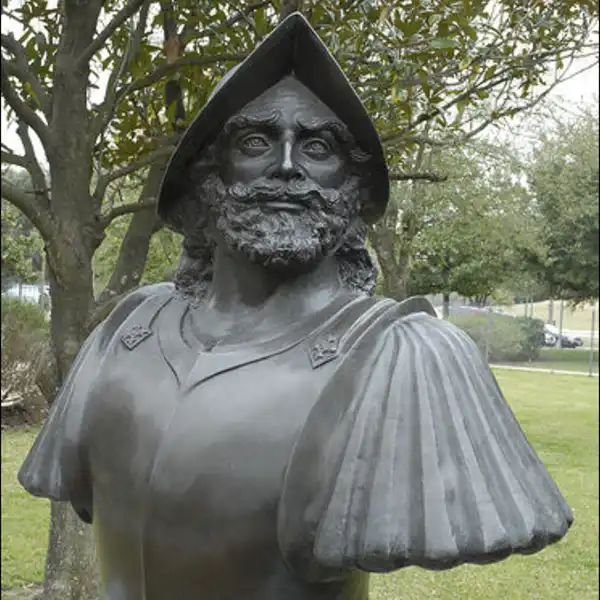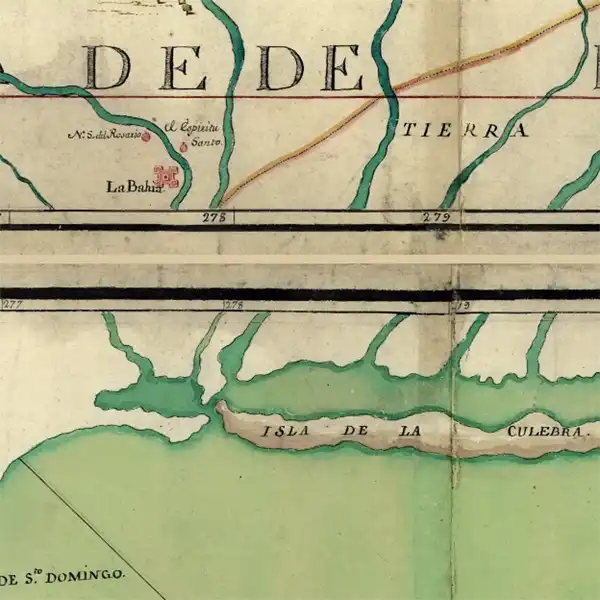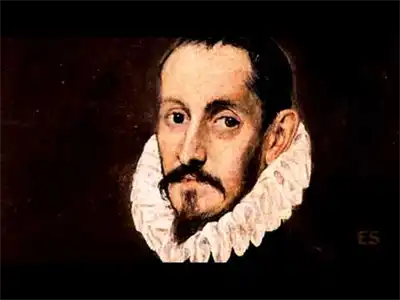
While Native People had villages and settlements along the coast and up the San Antonio and Guadalupe Rivers, their history would not be published until archeologists arrived perhaps in the 20th century.
The first recorded story of settlement at the confluence of the San Antonio and Guadalupe Rivers might be that of European explorer Álvar Núñez Cabeza de Vaca in 1533. He camped with the Mariames people who made homes along what they called the “river of nuts” — the bottom lands of the Guadalupe River were thick with pecan trees then, as they are now!
It is with Cabeza de Vaca’s exploration, recorded by Gonzalo Fernández de Oviedo y Valdés, that we first hear of the mosquitos …
Mosquitos
“Cabeza de Vaca makes it clear that the Mariames were plagued by three kinds of mosquitoes during the warm months, particularly at night, and that they built smudge fires around their sleeping places when it was feasible. In order to produce smoke, wet decayed wood was added to the fires from time to time. Cabeza de Vaca himself was sometimes forced to keep such fires going at night and was awakened by blows if he fell asleep and let the smoke get too thin. He notes that the Indians’ bodies were at times so inflamed by mosquito bites that they appeared to have leprosy. “
By about 1740, the land that would become Texas was gradually becoming populated with European and Spanish settlers, even though conditions were less than ideal. The roads were infested with Indians. Spanish soldiers are inefficient and poorly equipped. The settlement of Natchitoches was growing in settlers and wealth as the Spanish settlements became worse.
Spanish Exploration & Settlement
The Spanish generally needed to establish ports for trade that would encourage settlement and provide revenue to their empty coffers. In particular, and germain to the establishment of Mesquite Landing, they needed a means of supplying the Presidio La Bahia del Espiritu Santo, then located at Mission Valley on the Guadalupe River.
Early explorations were under the cognizance of Colonel Jose de Escandón. Captain Joaquín de Orobio y Basterra was commandant of the Presidio La Bahia in 1747. His expedition began in January or that year just after a heavy snow storm. Among other places, they explored the San Antonio River to the mouth of the Guadalupe and on to San Antonio Bay. Basterra noted an area about two miles down river from the confluence as a desirable place for a wharf site. It was, at that time, the Karankawa encampment of chief Llano Grande. A wharf was built; it was called Mesquite Landing and later El Muelle Viejo (the old dock).


In 1766, the Diego Ortiz Parrilla expedition, exploring the Mexican gulf coast, established a military coast guard post on the site.
In 1793, the land at the confluence and Mesquite Landing became the second site of the Nuestra Señora del Refugio Mission, noted to be “squarely at the junction of the Guadalupe and San Antonio Rivers, some eight miles from the coast”. Rancho de los Mosquitos, established on the West side of the Guadalupe, was likely grazing lands of the mission.
El Sabino. El Sabinito. Los Mosquetes. El Muelle Viejo
Locality Names:
Llano Grande Village, Nuestra Señora del Refugio Mission, Rancho de los Mosquitos.
Go to: Exploration
